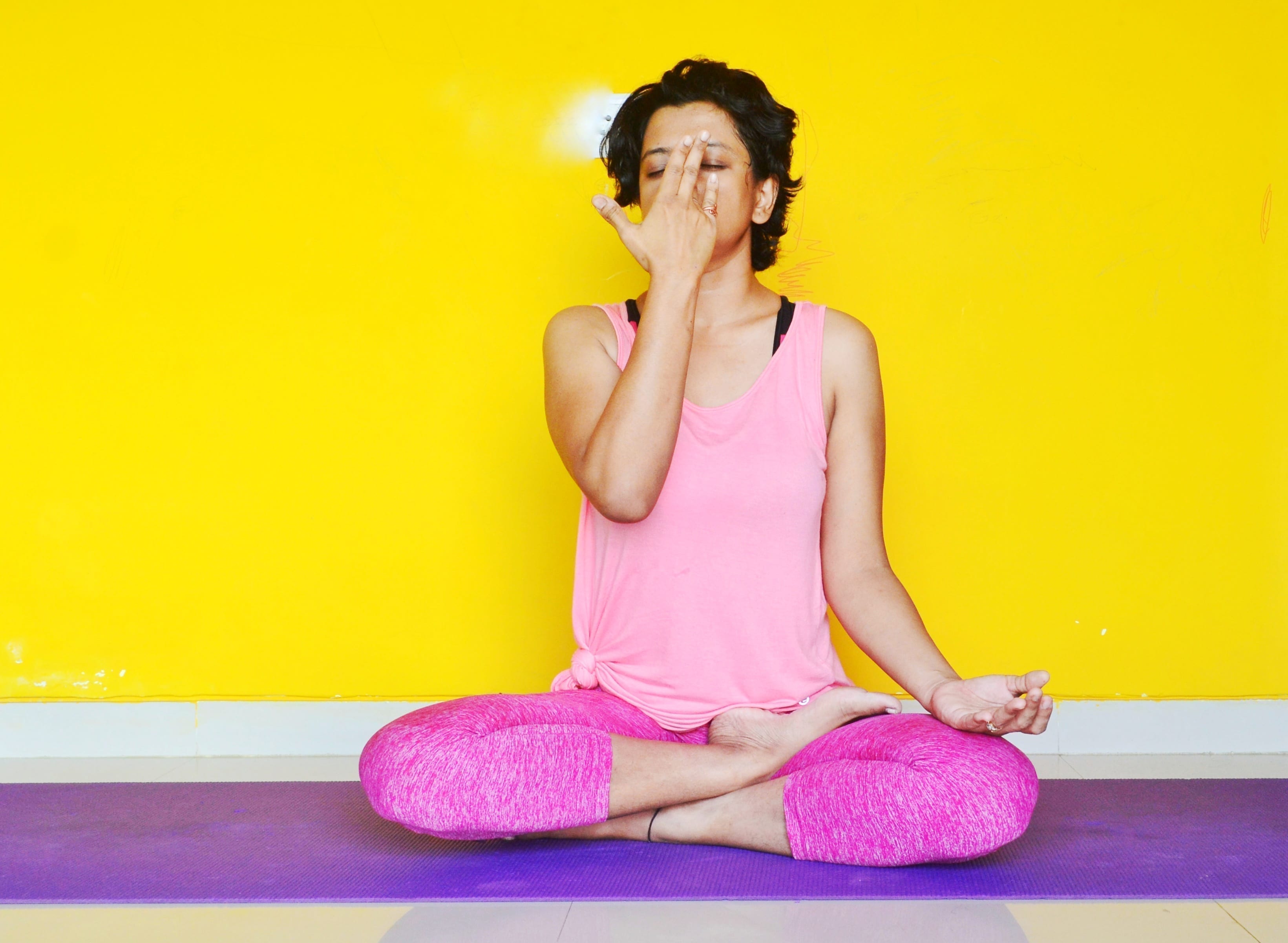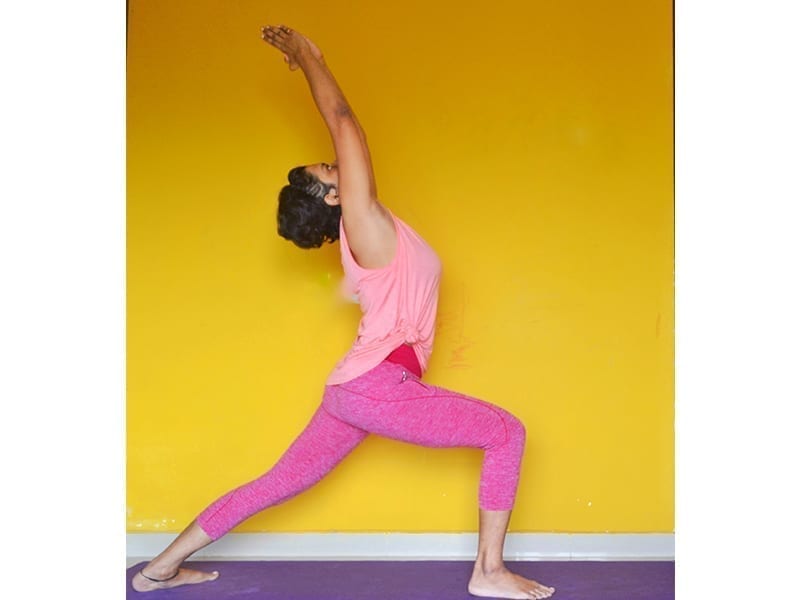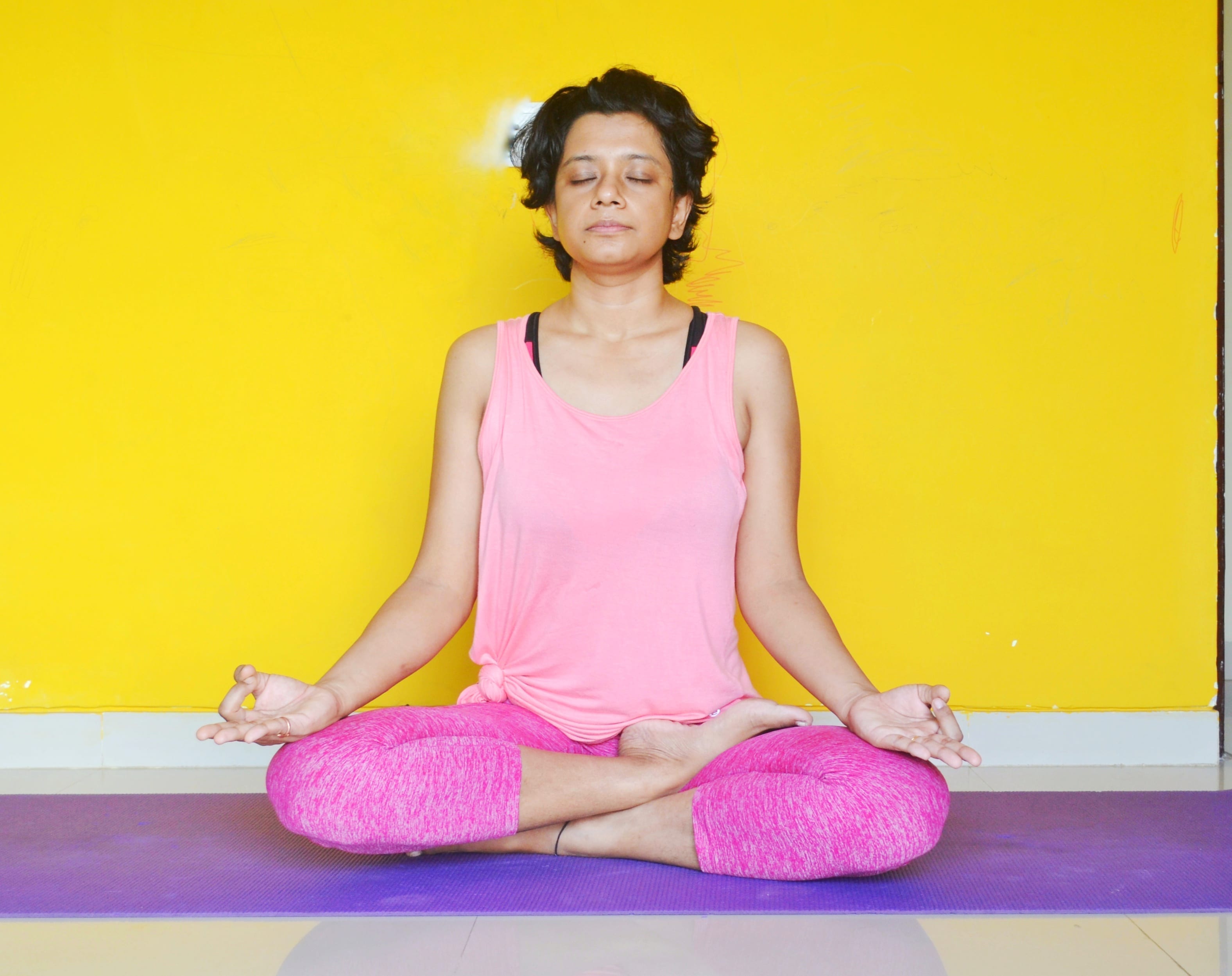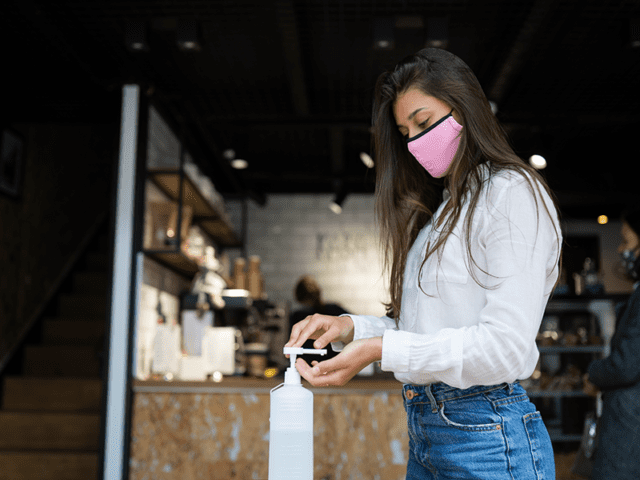COVID-19 has put a sombre pause in all our lives. The constant worry of contracting the virus looming over our heads has changed how we go about our day. And just as we were adjusting to this new normal and raised our hopes when there was news of a vaccine being administered to the common people, the UK government announced that they found a new and highly transmissible variant of Coronavirus circulating in England.
The variant has been named ‘VUI – 202012/01’ (the first Variant Under Investigation in December 2020). Citing the rapid spread of the virus through London and surrounding areas, UK’s Prime Minister Boris Johnson imposed the country’s most stringent lockdown yet.
So, what does this mean for India?
New Coronavirus Strain Advisory By Dr Rahul Pandit
To better understand what this new information means and how it affects Indians, TC46 connected with Dr Rahul Pandit, Director of Critical Care at Fortis Hospital in Mumbai. Here’s his expert opinion and advice on the new Coronavirus strain.
The VUI – 202012/01 as scientists have claimed is a mutated version of the previous Coronavirus. It is not uncommon for viruses to undergo mutations. Variants of SARS-CoV-2 have been observed in other countries, such as Spain as well. This variant includes a mutation in the ‘spike’ protein. According to researchers, this virus has at least 17 changes of mutation. Changes in this part of the spike protein may result in the virus becoming more infectious and spreading more easily between people.
Keeping in mind, most virus mutations are proven either harmful to the virus or do not affect it. But a few mutations in this new variant could potentially affect the spread. As per reports, the new variant of the SARS-COV-2 could be up to 70% more transmissible than the old variant! This strain is said to affect people in the age group of 30-60 years.
While the VUI – 202021/01 is a primary concern in the UK and precautionary measures are being taken, has it arrived in India and what should we be concerned about?
According to Dr Pandit, Member of Maharashtra’s COVID-19 task force, the virus has not entered India as yet (not that we know of). But, there has been a rapid spread in countries like Denmark, Belgium, the Netherlands and Australia, as reported by the World Health Organisation (WHO). A similar but separate variant has also been identified in South Africa.
Taking precautionary measures, the Indian government early this week suspended flights from the United Kingdom until the end of the year over fears of the new strain. Apart from that several states have started taking steps to prevent the spread. Maharashtra has imposed an 11 pm-6 am curfew in major cities until January 5 2021 and mandates 14 days of institutional quarantine for all travellers arriving from Europe and the Middle East without a COVID-19 negative report (done within 72hrs of travel).
With regards to the recent flights to Mumbai and Delhi, which has arrived from the UK on 23.12.2020 and 22.12.2020, all passengers have been taken to institutional quarantine in fear that they may be infected by the new strain.
The important thing to know is that nothing suggests that this virus is more fatal (has a worse impact on health or causes more deaths). It spreads more easily but any vaccine being administered to prevent contracting the coronavirus will be just as effective against this new strain of the virus. As of now, that does not change, unless further investigation reveals otherwise.
So What Can You Do To Prevent Yourself From Being Infected By The New Coronavirus Strain?
The same preventive measures continue to apply:
- Observe social distancing (6ft or more)
- Wear a mask when in public spaces or around potentially infected persons.
- Cough and sneeze into your elbow.
- Wash clothes and clean up once you get home if you’ve been outside
- Sanitise surfaces of containers and packages delivered to your home
- And of course, wash your hands frequently and sanitise them. Doctors have advised that we use a hand sanitiser every 2-3 hours to ensure that our hands are clean and bacteria-free.
Please note, sanitisers do not help when the hands are visibly dirty. In cases of dirt, food or any such organic matter the use of soap and water works best. Sanitisers work best in killing bacteria and microorganisms on hands and ease resistance from microorganisms.
Caution: Only Rely On Alcohol-Based Sanitisers
Alcohol-Based Sanitisers consist of isopropyl alcohol, propanol or ethyl alcohol. It contains 60%-90% alcohol and can provide the best protection against bacteria and microbes. The only downfall of alcohol-based sanitisers is that they can cause dryness in the skin and are highly flammable. Moisturise when needed and opt to wash your hands with soap and water over using a sanitiser whenever you can.
Herbal, natural, alcohol-free sanitisers are ineffective against the spread of the new Coronavirus strain
Exercise To Build Immunity & Improve Lung Health
The increased panic and worry about the new variant virus is inevitable but we can stay safer by improving our immunity and lung health. It is better to relax than panic, and yoga is the best way to do so. The reason is that a yoga practice can be done within your home without exposing you to the virus. It is a solitary activity that will ease your mind, improve your cardiac function, and strengthen your lungs as well.
Here are some popular yoga poses for lung and immunity improvement.
1. Nadi Shodhana (Alternate Breathing)

This purifies the energy channels of the body and helps bring ease to your breathing problems.
How To Do It:
- Sit comfortably with crossed legs and gently close your right nostril with your thumb.
- Inhale with your left nostril.
- To exhale, close your left nostril with your ring finger opening your right nostril. And exhale through your right nostril.
- Repeat 3-5 times.
2. Virabhadrasana (Warrior Pose)

This pose helps in opening the chest cavity, improving the elasticity of the lungs as well as strengthening arms, shoulders and back.
How To Do It:
- Stand straight with your legs wide open.
- Turn your right foot at a 90-degree angle and left at a 15-degree angle. Lift both arms sideways to shoulder height with your palms facing upwards.
- Bend your right knee while breathing out. Turn your head and look to your right.
- As you settle into the posture, stretch your arms. Keep breathing as you do down.
- Complete the pose by bringing your hands back down. Repeat on the other side.
3. Kapalbhati (Breath Of Fire)

It helps to cleanse the lungs, sinuses, and respiratory system. Regular practice strengthens the diaphragm and abdominal muscles.
How To Do It:
- Sit in a comfortable position with the spine straight and the abdomen not compressed.
- Sit on your heels, with your knees bent and tucked beneath your thighs.
- Rest your hands on your knees, palms facing down.
- You can place your hands, one on top of the other, on your lower belly rather than on your knees.
- Inhale through both nostrils deeply, and use your hands to gently press on the lower belly, forcing out the breath in a short burst.
- As you quickly release the contraction, your inhalation should be automatic and passive.
- Aim for 65-70 contractions per minute and gradually quicken the pace, aiming for 95-105 cycles per minute.
- After one minute of the exercise, inhale deeply through the nostrils, and then exhale slowly through your mouth.
The spread of the new variant has definitely raised an alarm among all of us but we must not be stressed as doctors and scientists are working towards finding a solution. The status of the new variant is being monitored and we must all maintain and follow social distancing measures.
As said by Dr Rahul Pandit, “The best way to curb the infection is to stick to the rules – wash our hands, wear a face mask and maintain social distancing. The recommended control measures to limit the spread of the new variant continue to be testing, following the existing guideline of isolation, and abiding by the restrictions.”
Here’s a quiz to test your knowledge and preparedness against the new Coronavirus strain.


